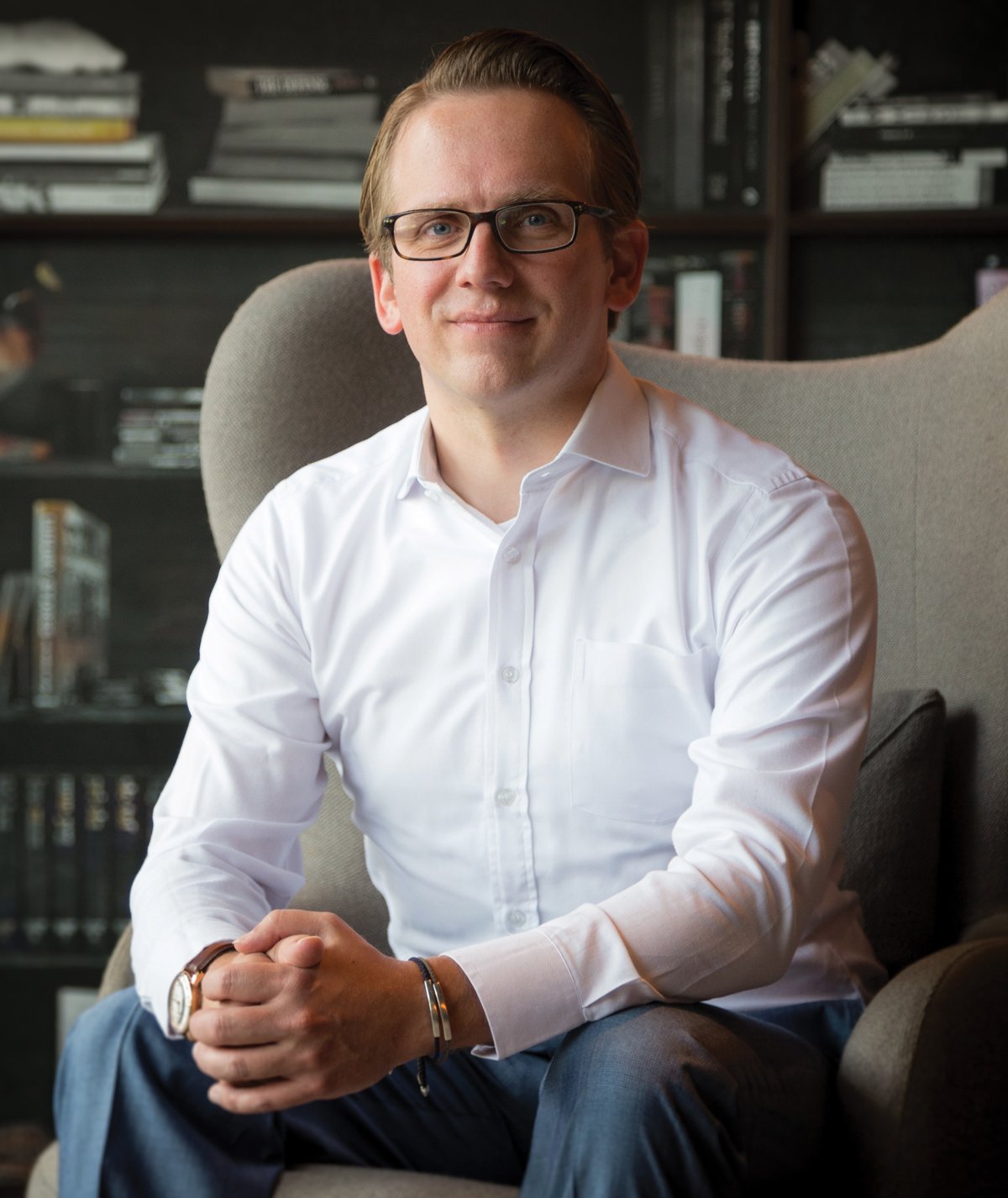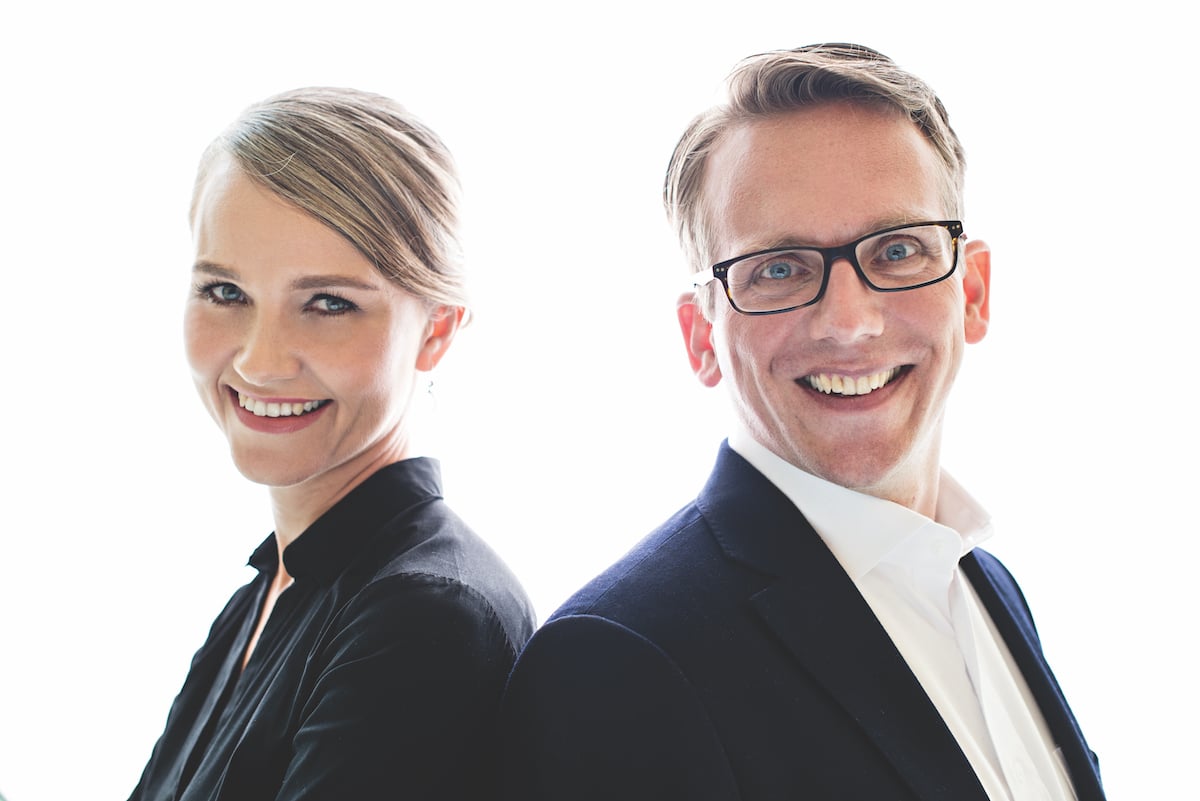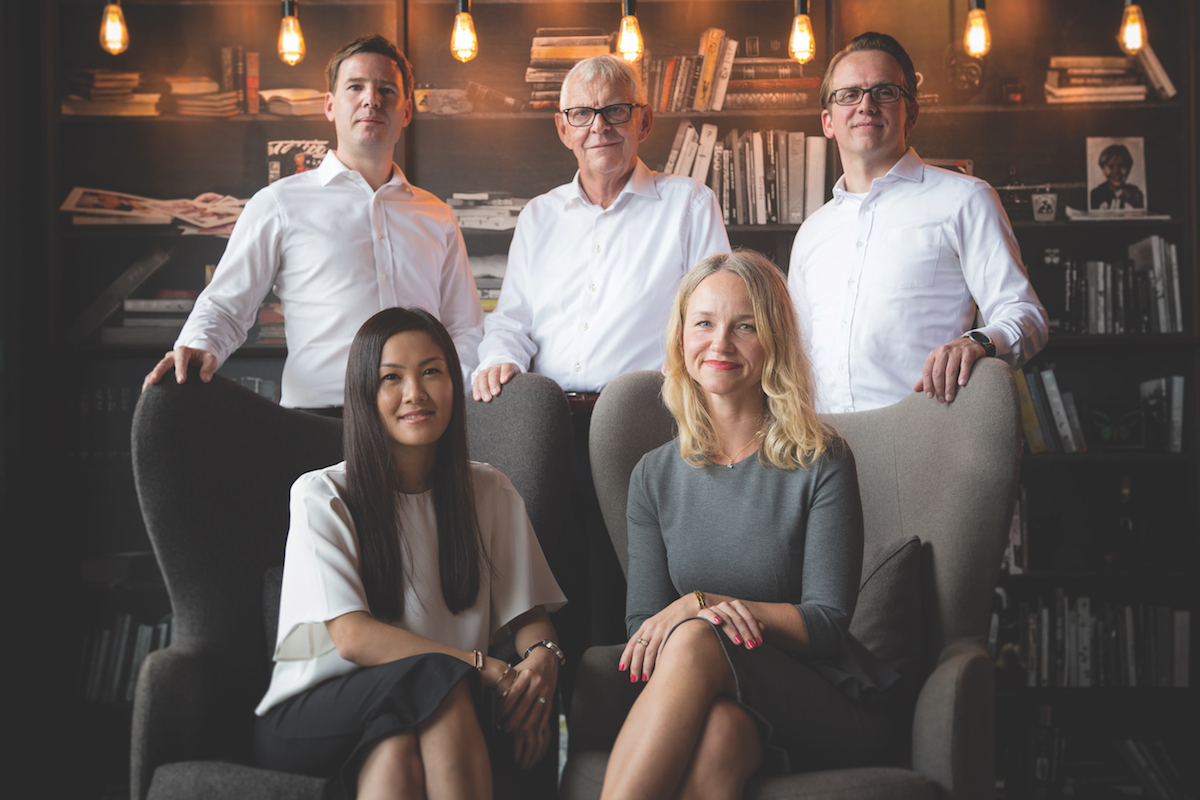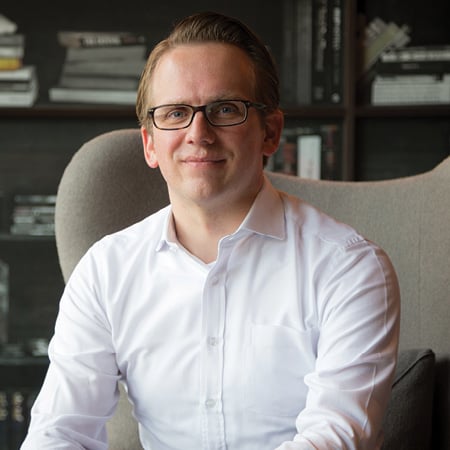In every business, there is a tipping point — that moment where you go from scrabbling behind the sofa for loose coins to realising: ‘This is going to be okay’. These days, Anders Peter Juel Sauerberg is very much okay with the fact that barely a week passes without yet another accessible luxury brand begging him to take on their distribution, marketing and awareness. But he still recalls those early months when he wasn’t sure if he was going to make it. Indeed, the lessons learned at that time still shape the way he does business today.
Anders Peter and his wife Anne set up Norbreeze in 2004. Both from Denmark, but living in Singapore, they identified an untapped opportunity for Danish design in South East Asia. “We wanted to find a piece of Denmark we could offer with passion,” Anders Peter recalls. “Everyone knows about Danish furniture, lighting and architecture but then a friend told me about a minimalist dress watch called Skagen. They’d had success in other countries so I sent the owner, Charlotte Jorst, a proposal.” Anders Peter’s previous work experience was in business and industry, while Anne had a company offering PR, marketing and graphic design services. Charlotte wasn’t impressed by their proposal. They had no experience in retail. Why should she believe they could sell her watches? “I responded: ‘Ten years ago, you were designing watches at your kitchen table and you’re now successful’. She liked that and that’s how we started.”

“That was the point at which this garage entrepreneur became a business.” – Anders Peter Juel Sauerberg
However, while Anders Peter convinced Charlotte his idea was brilliant, Singapore’s retailers were less enthusiastic. “They didn’t like clean simple design, they liked big and bold and bling,” he explains. “We had a bigger task on our hands than we expected so we knocked on a lot of doors and drank a lot of coffees with them. It was a humbling experience that is still part of our culture today. Even if you think something is fantastic, you must respect the fact that others may not agree.” Anders Peter noticed during the research phase that local watch marketing was aimed at teens and 20-somethings. There was nothing for parents. This was their market, he insisted and was proven right. When Orchard Road department store Tangs finally agreed to stock the watch, Skagen was an instant success, outselling brands that had been on the display counters for years.
The real tipping, point, however, was in 2005 when Singapore Airlines put the watch in their in-flight catalogue. “That was the breakthrough,” says Anders Peter. “We were almost living month to month trying to pay the bills. It wasn’t an easy task but it accelerated the growth very much. It was the first Scandinavian-designed watch on board and was then also listed on more than 13 other airlines across Asia Pacific, such as Cathay Pacific, Thai Airways and Dragon Airlines. That was the point at which this garage entrepreneur became a business.”
The next major brand the couple took on was Pandora Jewellery. Once again the department stores didn’t believe it would be successful. Yet Norbreeze — named after this northern breeze of design change — proved them wrong. “Some people who had initially said no ended up knocking on our doors afterwards. It was another humbling experience. It’s never easy to get a brand off the ground even if it’s successful elsewhere. We have to respect local cultures and trends. We have to work really hard to make things grow, they don’t just happen.” For instance a blue-faced watch will sell well in Europe. Cultural preferences mean no one will buy it in Singapore. Norbreeze has had to become a bridge between East and West, helping designers cross the divide.

The accessible luxury market in which Norbreeze specialises is fascinating. It suggests discernment, an appreciation of value for money and the enjoyment of discovering a product that is unique, beautiful and good quality. “I sit with lawyers who could easily afford a Rolex watch but they have a Bering or Daniel Wellington,” Anders Peter says. “It’s the style. It looks like a million dollars but costs not even close to that. Accessible luxury has to feel like luxury even if the price doesn’t. We want to create that feeling from the first touch point.” While Singapore’s retail market is currently soft, the luxury segment particularly challenged, Anders Peter believes accessible luxury will be more resilient. “We want to sit on that sweet spot. To some extent in Asia, purchases are brand-driven and materialistic but that’s changing. Going forward I think it may become less about the price and more about the design. Retail is about experience, emotions and storytelling. It is a people business. Everything we do is about our people, whether our team or the customer.” Norbreeze currently has 3 watch brands in its portfolio. As well as Bering and Daniel Wellington — both clean, classic Scandinavian designs — they also have the rugged Timberland. Another brand it has taken on, Cath Kidston, famous for its English floral fabrics, seems less obvious. “It’s very much a unique retail brand and we like to focus on leaders in their segment,” explains Anders Peter.
“You walk into a Cath Kidston store and it’s paradise for many women, like a high-end market with small, interesting things. It’s very positive, sweet and nostalgic.” Then there’s Joe & the Juice, the company’s first food and drink brand with a strong focus on health and entertainment. “We’re not into fashion and furniture, we’re into brands with an international track record that already have retail stores themselves and understand exactly what retail is.

We don’t see Joe & the Juice as a food and drink brand per se, we see it as a retail lifestyle brand. While watches and jewellery will always be part of our core business, we’re expanding into other retail concepts that we see as having a local and global opportunity.” Although many brands would now like to be part of Norbreeze’s portfolio, the company is picky. “We receive weekly requests from all over the world but the brands we end up with are usually the ones we contact because we know what we want. If we go to a department store in the UK for instance, we always have our feelers out to see what’s working and what stands out. We spotted (jeweller) Monica Vinader in Selfridges. We could see there was something unique we believed could be a good match in Asia so we set about understanding the brand, the competition and opportunities then we did focus groups and testing — we do a lot of work before we contact anyone.”
Having worked for a number of international companies before starting his own, Anders Peter has also stayed true to his native Scandinavian management style with a flat organisational structure. “We delegate, we don’t micro-manage and we have a very open, honest culture with direct feedback. That’s crucial in a fast-moving company. We also have a philosophy of attacking problems as soon as we see them. For instance, we sold Pandora back to the principal last year and are taking over responsibility in Indochina. We have a number of stores opening in Vietnam and operating there means a lot of challenges, so we must communicate well or it will be chaotic. We have regular meetings, all issues are on the table and we make sure everything is addressed. We have become, as a team, very good at problem solving. We don’t procrastinate.”

Although many brands would now like to be part of Norbreeze’s portfolio, the company is picky.
Norbreeze’s suppliers and contractors also like this approach, Anders Peter adds. “We say when things work and when they don’t and that’s not how it’s usually done locally.” He’s also conscientious about developing staff as carefully as his brands and to nurture ambition. “There’s no limit to what people can do if they have a clear career path, and know what they want. One of our team started at a Cath Kidston retail counter and is now part of the finance team. I love those stories and encourage those moves across divisions and brands.” Going forward, Norbreeze has a 2020 plan, devised in conjunction with Chairman Waldemar Schmidt, a European business icon. This will hopefully see the business increase its brands to between 12 and 15 in a balanced portfolio, none cannibalising the success of another and none making more than 20% of total company sales, which according to The Strategy 2020 is S$250 million. There are also plans to expand the number of distribution channels. Anders Peter is as excited as a new father about the plan. “I couldn’t be more happy with what we do here,” he says. “We’re a brand incubator, so to see our brands grow and get their own fan base, that makes me very proud.”



